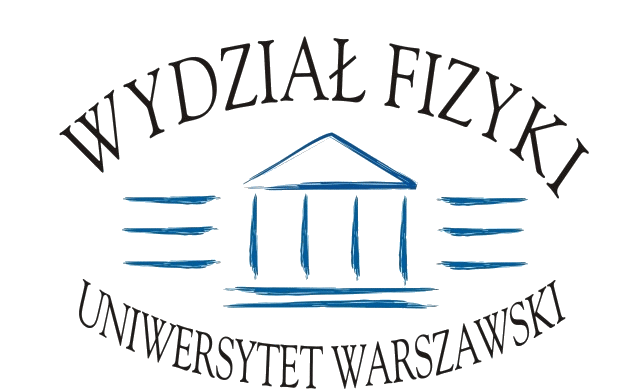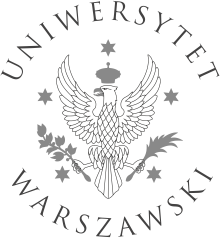Konwersatorium im. Jerzego Pniewskiego i Leopolda Infelda
2018/2019 | 2019/2020 | 2020/2021 | 2021/2022 | 2022/2023 | 2023/2024 | 2024/2025 | 2025/2026
Informacje na temat wcześniejszych spotkań dostępne są tutaj:
2025-11-24 (Poniedziałek)
dr hab. Maciej Zgirski, prof. IF PAN (CoolPhon Group, MagTop)
Nobel Prize in Physics 2025: Schrödinger’s Cat gets bigger
Usually, the effects of quantum tunneling and energy quantization are associated with the behavior of single atoms or molecules. Electrons occupy orbitals of definite energy and can change their state in the process of absorbing or emitting well-defined energy quanta – photons. In the Sun, two protons fuse by tunneling over the Coulomb barrier to form deuterium. But can we extend the direct applicability of quantum mechanics to macroscopic objects, i.e. objects visible with the bare eye?Yes, we can. This year Nobel Prize has been awarded “for the discovery of macroscopic quantum tunneling and energy quantization in an electric circuit”. In their two seminal experiments (Phys.Rev.Lett. 55, 1908 (1985), Phys.Rev.Lett. 55, 1543 (1985)) laureates John Clarke, Michel Devoret and John Martinis showed that these two hallmarks of quantum mechanics can be observed also for macroscopic artificially-defined objects. They studied the escape rate from the superconducting state for current biased Nb-NbOx-PbIn tunnel Josephson junctions embedded in a properly defined electric circuit. The escape rate measured at the lowest temperatures (< 30 mK) appeared significantly larger than that expected from thermal activation, signaling the appearance of a new escape mechanism. The laureates identified this mechanism as Macroscopic Quantum Tunneling (MQT) i.e. the process in which a collective state of many Cooper pairs switches between two macroscopic wavefunctions, although the two configurations are separated by a barrier which forbids the classical transition. Unlike familiar tunneling observed in real space, such MQT happens in a space of the superconducting phase and involves its abrupt change, leading to the appearance of a non-zero voltage measured across the junction.Before the escape happens, the electric current and superconducting phase across the junction oscillate around the local energy minimum. It is basically the behavior of a harmonic oscillator. At sufficiently low temperatures the oscillator becomes dominated by quantum effects and the energy of the macroscopic oscillatory current becomes quantized. The higher the energy of the quantum state the easier the escape. The laureates were able to capture this effect by resonantly activating the energy levels with microwaves and measured the enhancement of the escape rate at the expected photon frequencies. The ability to address the junction with microwave photons and force the transitions makes the designed circuit similar to an atom. Since the trapping potential is not ideally parabolic, the oscillator is anharmonic, and the spacing between energy levels is not equal.This pioneering study initiated the field of quantum electronics, in which electric circuits are described fully quantum-mechanically and their components can be treated like artificial atoms. The best-known example of such a circuit is a superconducting qubit, one of the current leaders in the race for a quantum computer.
2025-10-06 (Poniedziałek)
Prof. Michał Kosiński (Stanford University, USA)
Making Sense of Modern AI
Large Language Models (LLMs) trained to predict the next word in a sentence have surprised their creators by displaying emergent properties, ranging from a proclivity for biases to an ability to write computer code and solve mathematical tasks. This talk discusses the results of several studies evaluating LLMs' performance on tasks typically used to study psychological processes in humans. Findings indicate that as LLMs increase in size and linguistic ability, they can navigate false-belief scenarios, sidestep semantic illusions, and tackle cognitive reflection tasks. This talk will argue the intriguing possibility that LLMs do not merely model language but also psychological processes echoed in human language.
Pobierz plakat / Download poster
Pobierz slajdy / Download the slides
Obejrzyj nagranie / Watch the video






